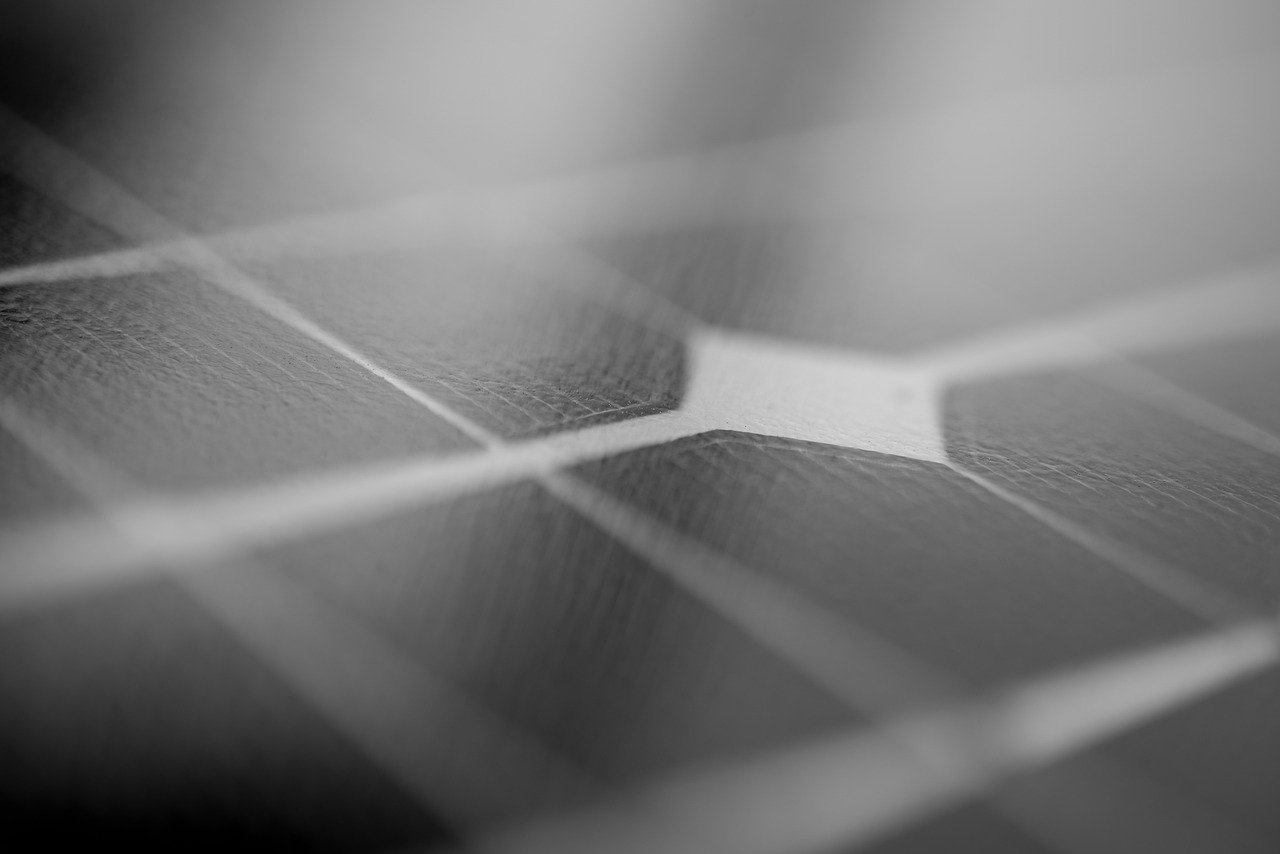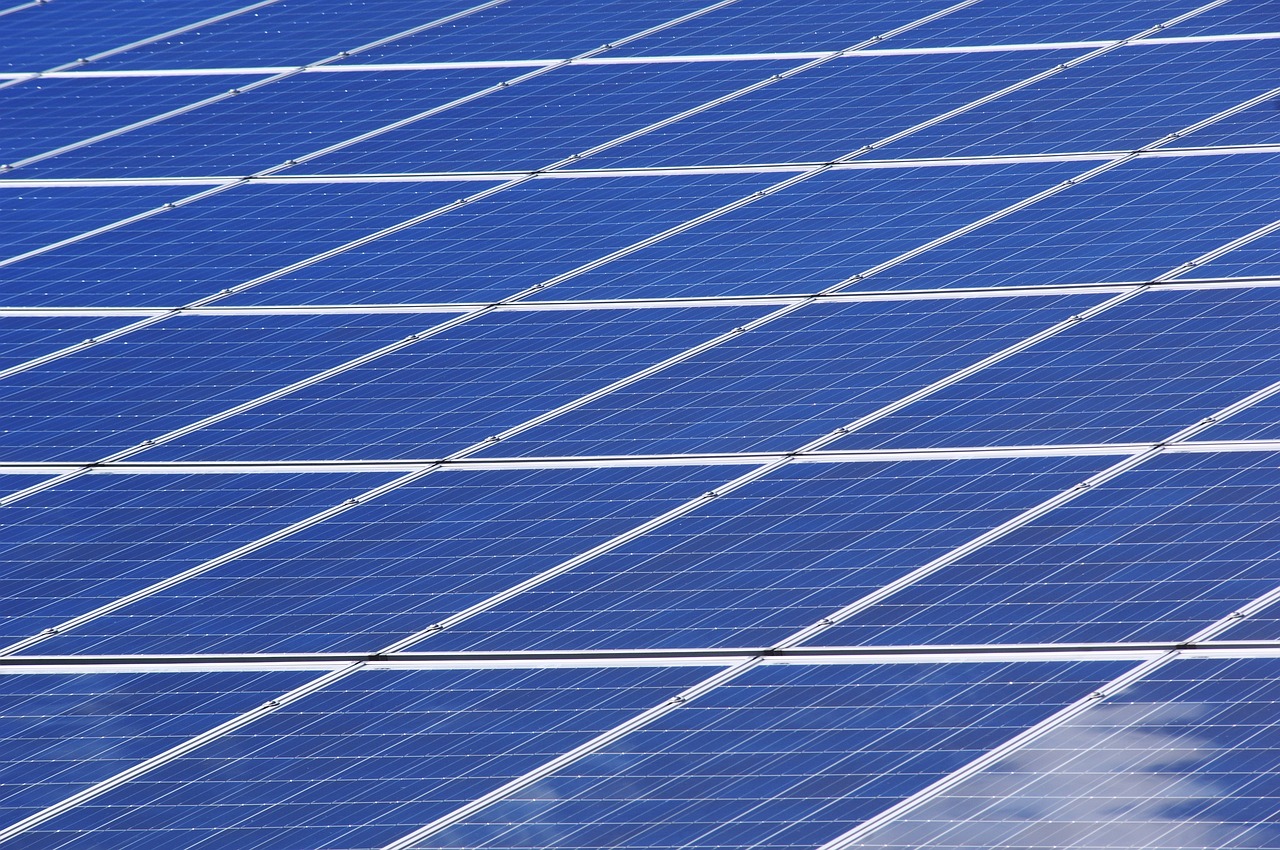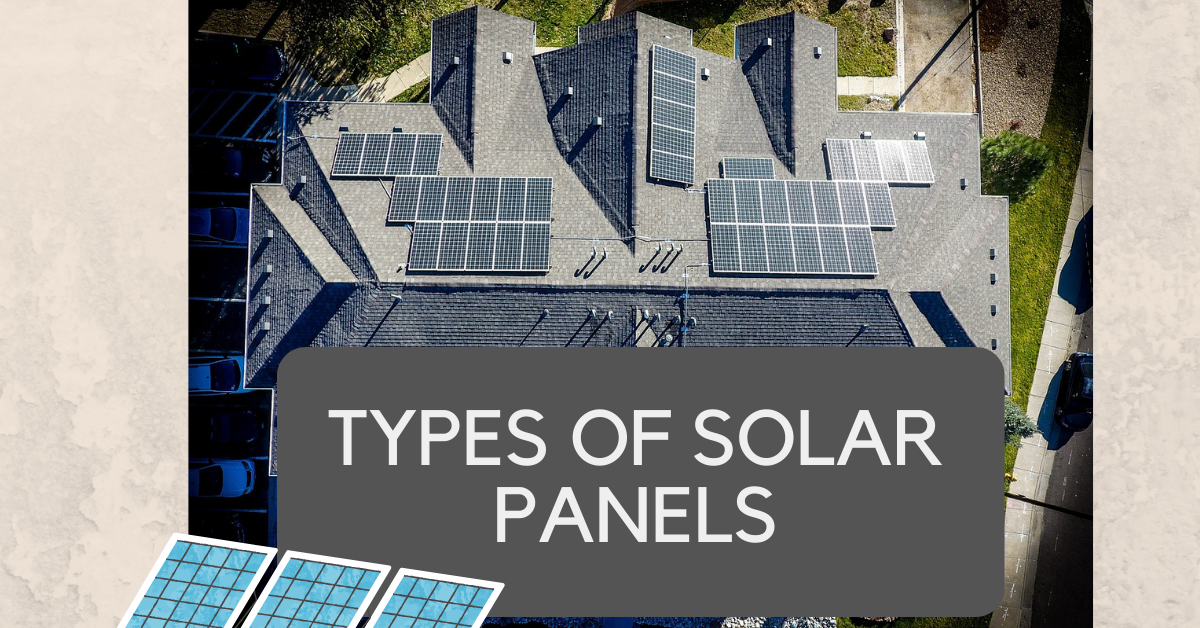In this article you will learn different types of Solar Panels
Solar panels serve as the vital core of a solar system, where the conversion of solar energy into electrical power occurs, enabling us to efficiently energize our homes and workplaces. There are a lot of advantages and benefits of using solar panels which we already presented in previous post.
Within these panels lie miniature marvels known as ‘photovoltaic cells.’ Imagine them as tiny energy converters. When sunlight interacts with these cells, they become highly energized, initiating a process known as the ‘photovoltaic effect.’ Through this remarkable process, solar energy is converted into electricity – the very same energy that powers batteries. For a more in-depth explanation of how solar panels transform sunlight into electrical energy, please refer to the following post.
Solar panels are available in a variety of types, each possessing unique characteristics and advantages relative to the others. Let’s delve deeper into these variations.
Table of Contents
TYPES OF SOLAR PANELS
1. Monocrystalline Solar Panels
Types:
a. Roof Tile
b. Interdigitated Back Contact
c. Passivated Emitter and Rear Contact, or PERC
d. Bifacial Panels
2. Polycrystalline Solar Panels
3. Thin-Film Solar Panels
CONCLUSION : Final Solar Thoughts
TYPES OF SOLAR PANELS
1. Monocrystalline Solar Panels
These are the familiar black solar panels you may have observed in installations. Their black appearance is a result of the unique way their cells interact with light. One notable advantage of this variety, when compared to others, is its higher efficiency. Crafted from a single, exceptionally pure crystal structure, they excel in capturing sunlight and converting it into electricity efficiently. Additionally, they possess a sleek design, occupying less space on rooftops. However, it’s worth noting that they can be somewhat pricier than other types.

Types of Monocrystalline Solar Panels
a. Roof Tile Monocrystalline Solar Panels
Roof tiles are seamlessly integrated into the construction of a roof, essentially becoming an integral part of the roof while also functioning as solar panels. While this integrated approach has aesthetic appeal, its efficiency remains somewhat limited. The feasibility of such installations is contingent upon factors like the type of building materials employed and the roof’s design, introducing certain constraints.
b. Interdigitated Back Contact (IBC) Monocrystalline Solar Panels
This particular variety of silicon solar cell, known as the rear junction solar cell, has been in existence since 1975. In comparison to other types, it boasts a commendable efficiency that can reach as high as 25%. However, a notable challenge lies in its manufacturing process, which can be quite intricate due to the creation of the diffusion layer.
c. Passivated Emitter and Rear Contact, or PERC Monocrystalline Solar Panels
This technology has been in existence since 1989, incorporating dielectric surface passivation. It operates by enhancing rear surface reflection through the incorporation of rear metal reflectors. This not only reduces heat absorption but also enables photons to be absorbed bidirectionally, whether they are incoming or outgoing.
d. Bifacial panels Monocrystalline Solar Panels
This technology employs transparent glass, allowing a portion of the light to pass through it. It harnesses power from both direct sunlight and reflected light, which is why it’s known as ‘bifacial.’ Both the front and back sides of the panel share a common circuit, leading to an overall increase in efficiency.
2. Polycrystalline Solar Panels
True to their name, these panels are crafted from multiple crystals, which simplifies their production process and makes them somewhat more cost-effective. While their efficiency may not match that of monocrystalline panels (typically ranging from 15% to 17%), they still excel at converting sunlight into electricity. Consequently, they remain a popular choice for many solar installations and are easily recognizable by their blue hue.
These panels have a lifespan of approximately 25 years, but as they age, their efficiency declines more rapidly compared to monocrystalline panels. Due to this characteristic, monocrystalline panels are often considered the superior choice, as they maintain a relatively stable efficiency level over time, distinguishing them in this aspect.

3. Thin-Film Solar Panels
They are manufactured by depositing an extremely thin layer of photovoltaic material onto a flexible surface, such as plastic. This characteristic makes them lightweight and easily installable on various surfaces, including curved ones. While their efficiency may not reach the levels of the other two types, typically ranging from 10% to 13%, they have unique applications, such as in solar farms, though they are rarely used in residential settings. To generate an equivalent voltage output as monocrystalline and polycrystalline panels, Thin Film Solar panels require a larger or more extensive surface area. Technological advancements have extended their lifespan to approximately 20 years, placing them on par with the other types in terms of longevity.
CONCLUSION : Final Solar Thoughts
The selection of the most appropriate and high-quality solar panels for your specific needs ultimately hinges on various factors, including energy consumption, intended application, and budget constraints. Opting for top-tier panels not only results in greater electricity production but also ensures a longer lifespan. Naturally, the choice also revolves around your financial considerations and intended usage. It’s crucial to bear in mind that panels with higher efficiency and longer lifespans tend to come with a higher price tag, while more budget-friendly options may offer reduced performance. In essence, the value you receive corresponds directly to your willingness to invest.
In the end, the decision will be entirely yours..always.
Do keep in mind that efficient solar panels enable us to save money on electricity bills and contribute to the reduction of pollution, thanks to the use of clean, green energy from the sun. Solar energy plays a crucial role in environmental stewardship, ensuring a healthier planet for future generations. For more insights on the benefits of harnessing solar power, be sure to explore the details in this post.
Keep shining bright, just like the sun!

